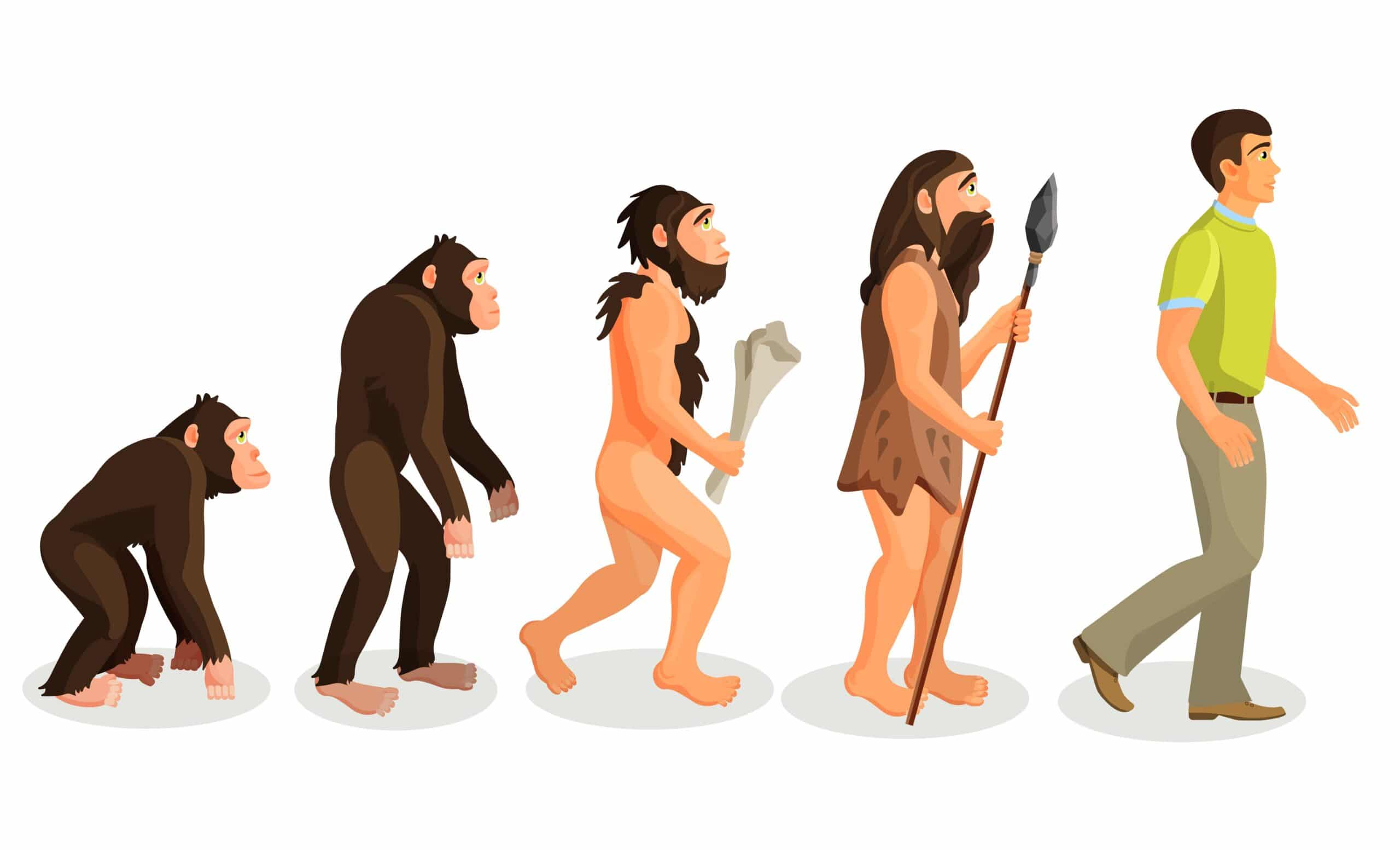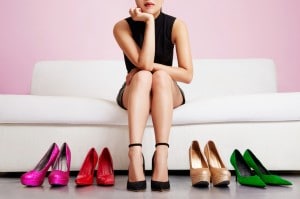
If you were reading this article a few million years ago, you may have been on all fours. It’s the process of human evolution that has allowed us to stand up on two feet – something unique in mammals.
However, bipedalism brought both benefits and drawbacks on our health and, ultimately, quality of life.
Why Did Bipedalism Occur?
There are many theories about why humans are bipedal. The most widely accepted theory is due to energy conservation as using all four limbs to move uses more muscles and, as a consequence, more energy.
The second theory is about efficiency – freeing up the arms to carry more food. If a primate is walking on all fours, he can’t carry as much food without making multiple trips.
The Problem with Remaining Upright – Injuries
With standing upright, humans need to learn to develop highly technical apparatus of balance that uses all of our sensory inputs – eyes, inner ear and internal position sensors. This then requires the body to make constant and regular muscle contraction to counterbalance.
The problem with this is that diseases and conditions can change our sensory perceptions – such as infections of the inner ear, diarrhoea or low blood sugar. Alongside this, the decline of the accuracy of such sensory perceptions and reactions decrease with age – a sudden tilt of a floor may mean an elderly person may not correct their gait as quickly as someone younger.
The result of those who suffer from a lack of sensory input or reactions to help with their balance will result in injuries, such as fractions and bruises. While modern medicine can heal most injuries and reduce fatalities, in the animal kingdom it can be the difference between life and death.
The Problem with Remaining Upright – Chronic Pain
Back pain is the largest contributor to disability worldwide according to the Global Burden of Disease study. While most of the causes of back pain are caused by occupational or inactivity, human evolution can be considered one of the causes.
The amount of time it took for humans to move from quadrupedal to bipedalism did not allow our musculoskeletal system to adapt. The extra pressure that is added to the lower back without the adaptation results in pain in the lower back, legs and feet. A study in BMC Evolutionary Biology showed that humans who have similar spines to chimps were likely to have small lesions in the disc between the vertebrae in the lower back that results in pain.
So, we can blame some of our musculoskeletal problems on evolution. As Bruce Latimar, an anthropologist at Case Western Reserve Univerity, says “If an engineer were given the task to design the human body, he or she would never have done it the way humans have evolved.” However, we cannot change our previous evolution but what we can control pain through medicine and good ergonomics.
For more orthopaedic news, follow London Bridge Orthopaedics on Twitter, Facebook and LinkedIn.









